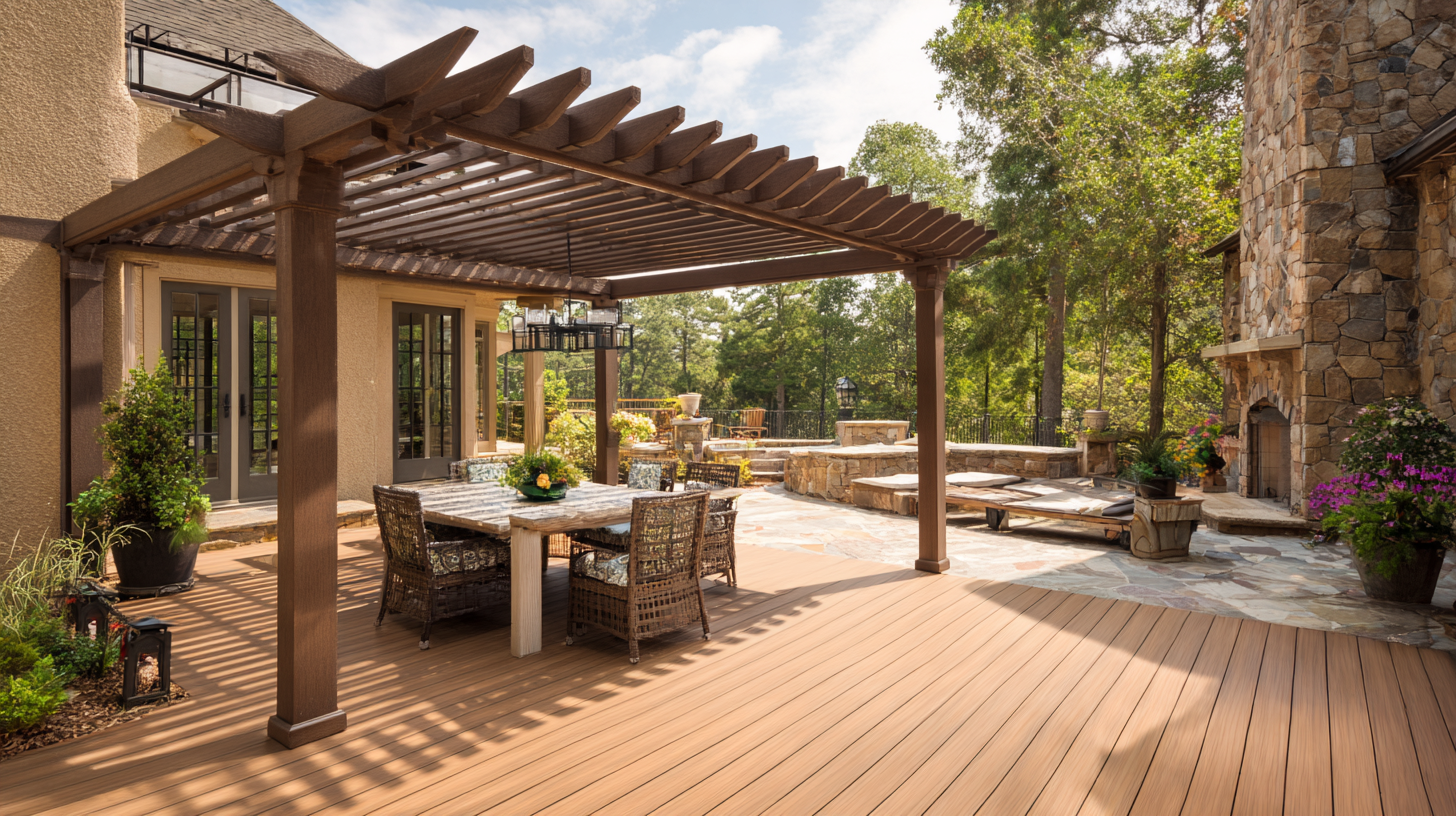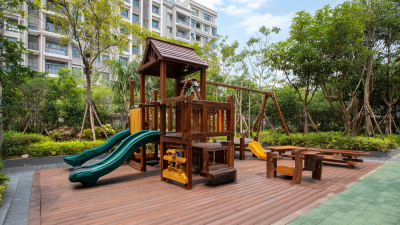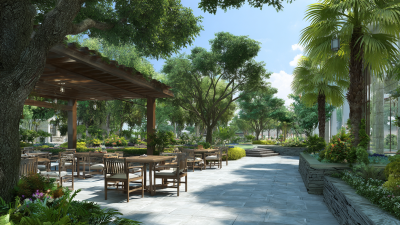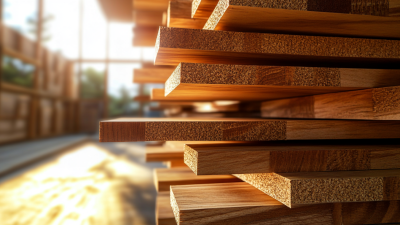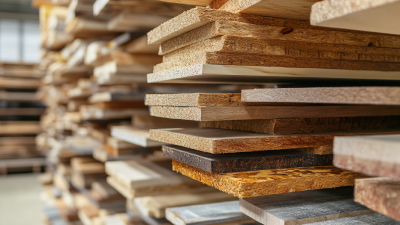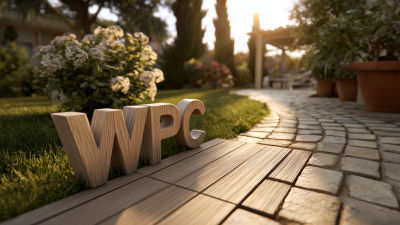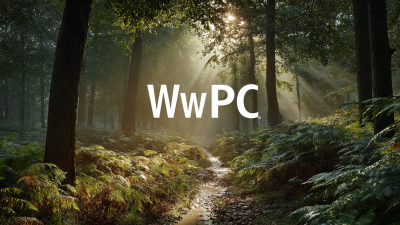Shandong Xiangying New Materials Technology Co., Ltd.
Shandong Xiangying New Materials Technology Co., Ltd.
When it comes to enhancing outdoor spaces, selecting the right Wpc Outdoor solutions is crucial for both aesthetics and functionality. According to a report by the Freedonia Group, the demand for composite decking materials, including Wpc, is projected to grow at an annual rate of 6.5% through 2023, reflecting a significant shift towards sustainable and low-maintenance options in residential design. Wpc, or wood-plastic composite, offers homeowners durability and resistance to rotting, mold, and insect damage, making it an ideal choice for various outdoor applications such as decking, fencing, and outdoor furniture. As homeowners increasingly prioritize eco-friendly materials and longer-lasting solutions, understanding how to choose the right Wpc Outdoor products tailored to specific improvement needs becomes essential for achieving both beauty and practicality in your outdoor living areas.
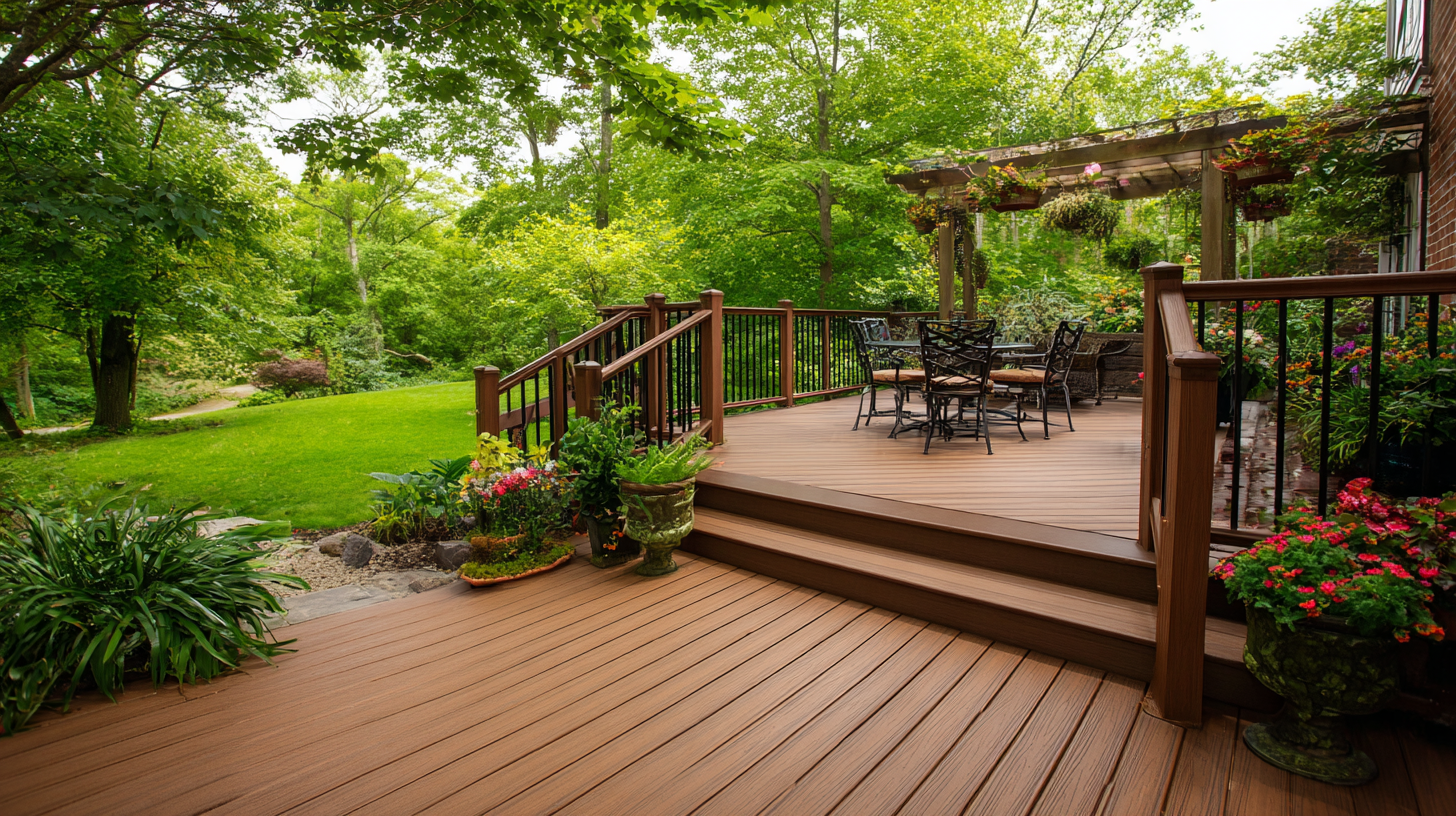
When it comes to selecting WPC outdoor solutions for your home, understanding your outdoor space requirements is crucial. Start by assessing the size of your area. Are you working with a compact balcony, a spacious backyard, or a lengthy patio? Each space has unique needs; smaller areas may benefit from modular designs that maximize utility, while larger spaces might accommodate expansive decking or intricate landscaping features.
Additionally, consider the intended use of your outdoor environment. Will it serve as a family gathering spot, a tranquil retreat, or a vibrant entertainment space? This will guide your choice in materials and design. For example, if your goal is to create a social hub, you might prioritize durable, slip-resistant surfaces that can handle heavy foot traffic.
Ultimately, tailoring your WPC selection to the specific requirements of your home’s outdoor space will ensure that you create a functional and aesthetically pleasing environment.
When considering the right WPC (Wood-Plastic Composite) outdoor solutions for your home improvement projects, evaluating different types of WPC materials for durability is essential. WPC materials are designed to endure the elements, but their performance can vary significantly depending on their composition and manufacturing process. Look for high-quality blends that combine wood fibers with plastic, ensuring resistance to moisture, insects, and decay. Brands that offer warranties often produce more reliable materials, reflecting a commitment to durability.
Another critical factor to consider is the thickness and density of the WPC boards. Thicker and denser boards tend to provide superior strength and longevity, making them suitable for high-traffic areas or extreme weather conditions. Additionally, check for certifications that indicate resistance to fading, scratching, and staining. A long-lasting WPC solution not only enhances the aesthetic appeal of your outdoor space but also minimizes the need for frequent replacements or maintenance, ultimately contributing to a more sustainable home improvement choice.
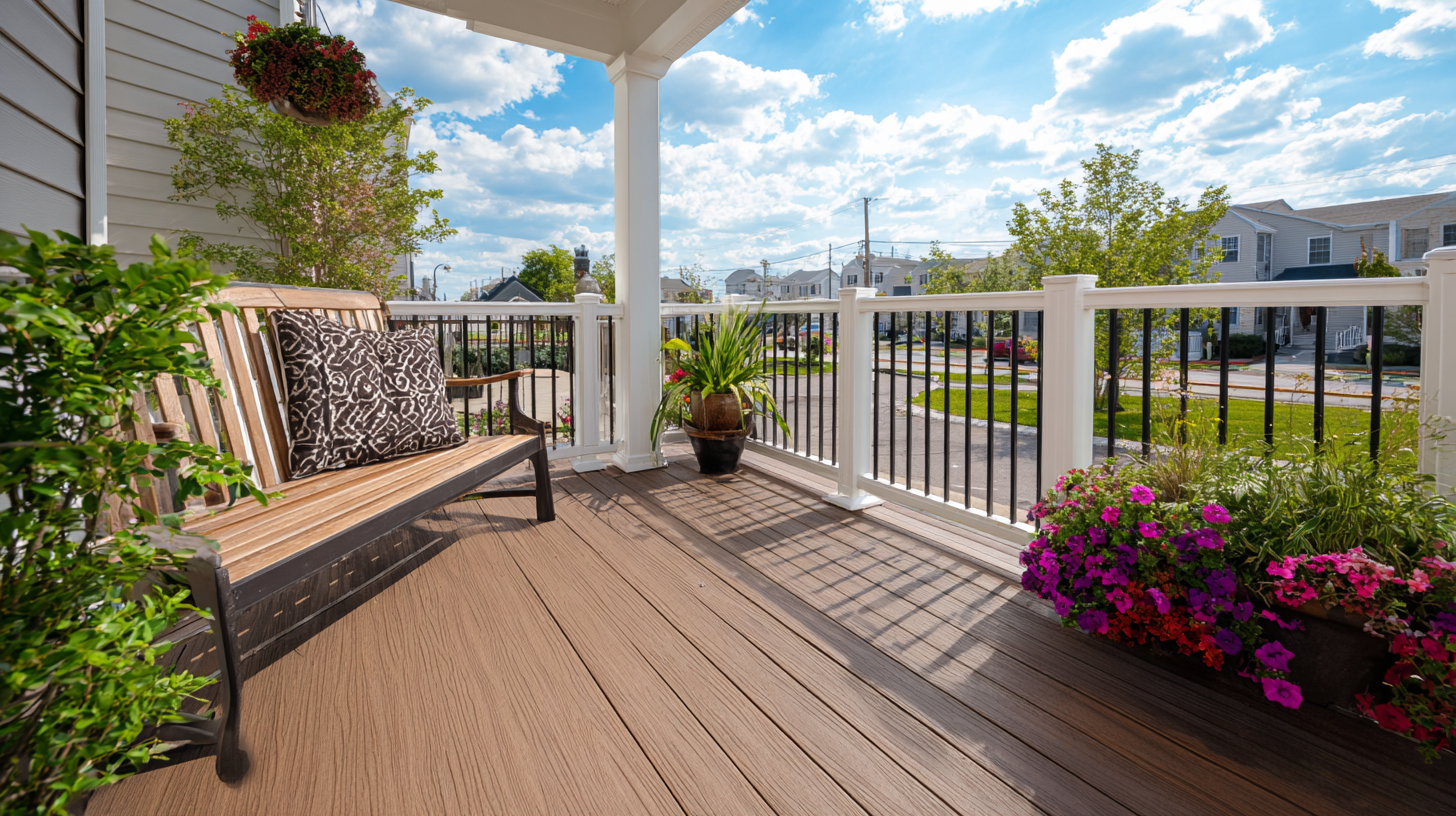 When considering WPC (Wood Plastic Composite) outdoor solutions for your home improvement needs, budgeting plays a critical role in the decision-making process.
WPC materials offer a blend of durability and aesthetics but can vary significantly in cost based on factors such as type, quality, and manufacturer.
It's essential to understand your specific requirements, as the price can range widely depending on whether you choose decking, fencing, or other applications.
When considering WPC (Wood Plastic Composite) outdoor solutions for your home improvement needs, budgeting plays a critical role in the decision-making process.
WPC materials offer a blend of durability and aesthetics but can vary significantly in cost based on factors such as type, quality, and manufacturer.
It's essential to understand your specific requirements, as the price can range widely depending on whether you choose decking, fencing, or other applications.
In addition to the initial costs, it’s wise to factor in long-term expenses such as maintenance and installation.
While WPC products typically require less maintenance than traditional wood, minor upkeep is still necessary to ensure longevity.
By accounting for these ongoing costs, you can achieve a clearer picture of the overall investment.
Seeking multiple quotes from suppliers can help you stay within your budget while selecting the best quality products that meet your outdoor needs.
When designing outdoor spaces with Wood Plastic Composite (WPC), color and texture choices play a crucial role in achieving the desired aesthetic and functionality. WPC materials are available in a wide array of colors, allowing homeowners to match or complement existing architecture and landscaping. Earthy tones, such as browns and grays, offer a natural look that blends seamlessly with outdoor environments, while vibrant hues can provide a contemporary feel that makes a bold statement. Selecting the right color can enhance the visual appeal of your outdoor area, drawing attention to key features like decks or patios.
Texture is equally important when choosing WPC outdoor solutions. The surface finish of WPC can vary significantly, ranging from smooth to wood-grain patterns, each offering different tactile experiences and appearances. Smooth finishes lend a modern and clean look, making them easier to maintain, whereas textured surfaces evoke the authentic feel of wood, enhancing the overall charm of your outdoor space. Balancing both color and texture will not only elevate the design of your home but also ensure that the WPC materials mesh well with the functionality and style you envision for your outdoor areas.
| Dimension | Description | Color Choices | Texture Options | Suitability |
|---|---|---|---|---|
| Decking | Ideal for patio constructions and outdoor areas. | Brown, Grey, Red | Smooth, Grainy | Residential, Commercial |
| Fencing | Provides privacy and security for your property. | Green, Black, Tan | Textured, Smooth | Residential, Agricultural |
| Railing | Enhances safety and adds a decorative touch. | White, Black, Brown | Classic, Contemporary | Residential, Commercial |
| Cladding | Protects the structure and enhances aesthetics. | Charcoal, Biscuit, Cream | Wood-like, Panels | Residential, Commercial |
When investing in WPC (Wood Plastic Composite) outdoor solutions for your home, it's essential to prioritize maintenance for ensuring longevity and performance. Regular care not only enhances aesthetic appeal but also helps in preserving the structural integrity of the materials.
One vital tip for maintaining WPC products is to clean the surfaces regularly. Using a soft-bristle broom or a pressure washer on a low setting can eliminate dirt and debris without damaging the material. Additionally, addressing spills promptly, especially from substances like oils or paints, can prevent stains and discoloration.
Another important practice is to avoid using harsh chemicals or abrasive cleaners. Instead, opt for a mild, eco-friendly detergent mixed with water to maintain the finish and prevent any degradation of the composite. It's also advisable to check for any signs of warping or fading periodically, as early detection of such issues can lead to more straightforward and cost-effective repairs, ensuring that your outdoor solutions remain beautiful and durable for years to come.
